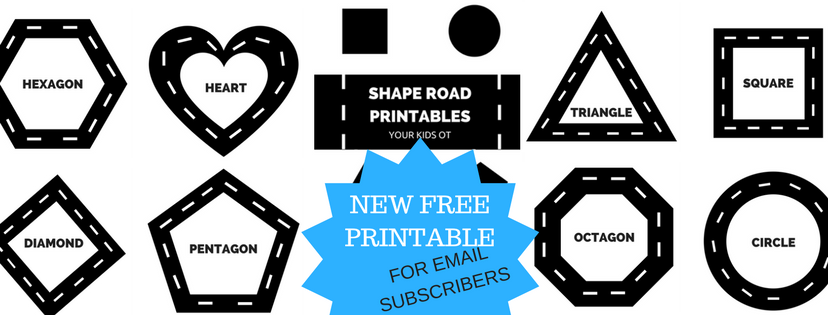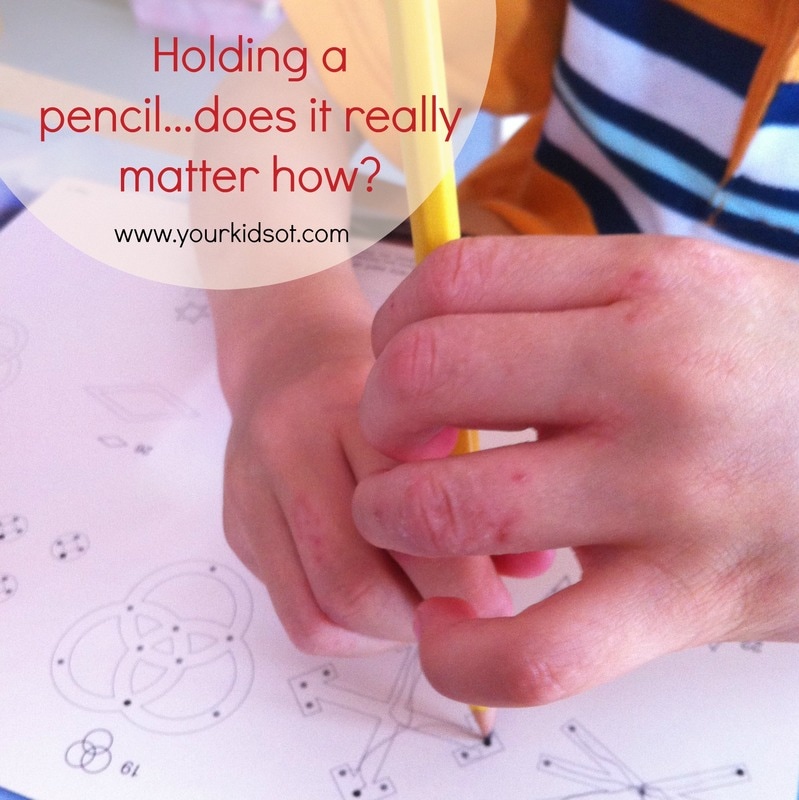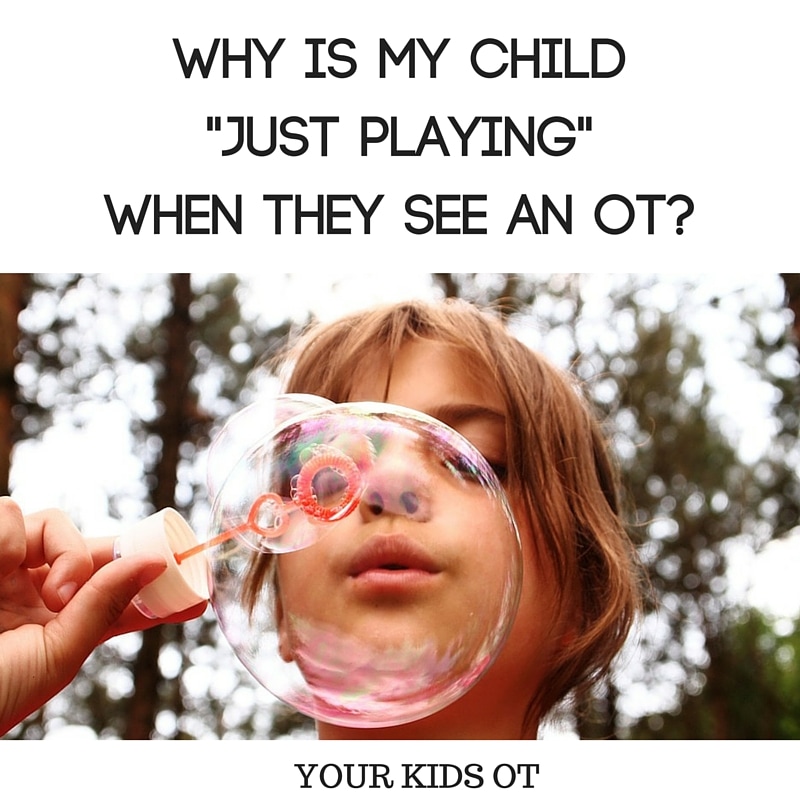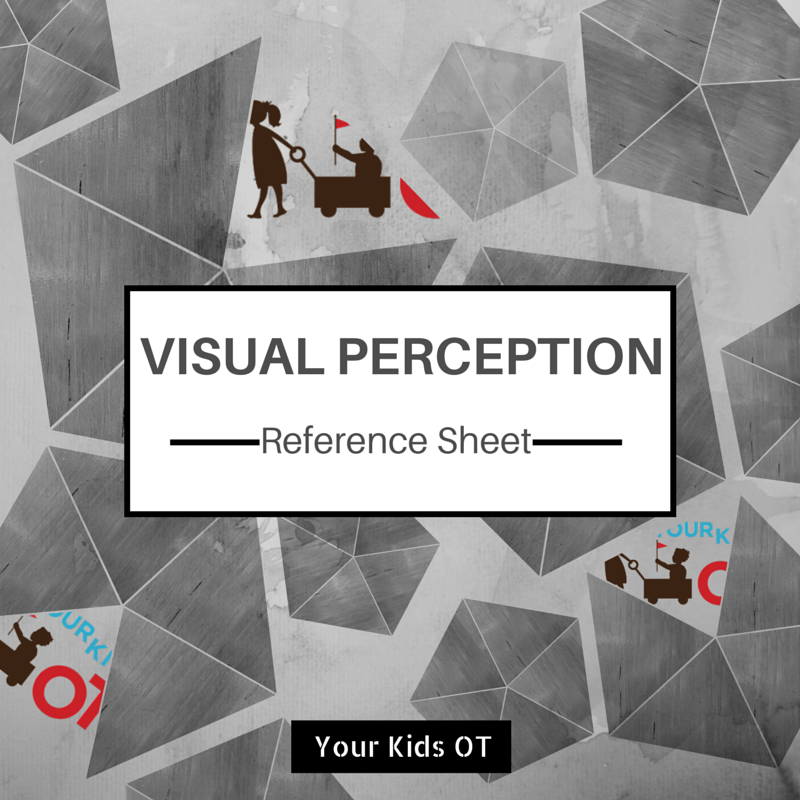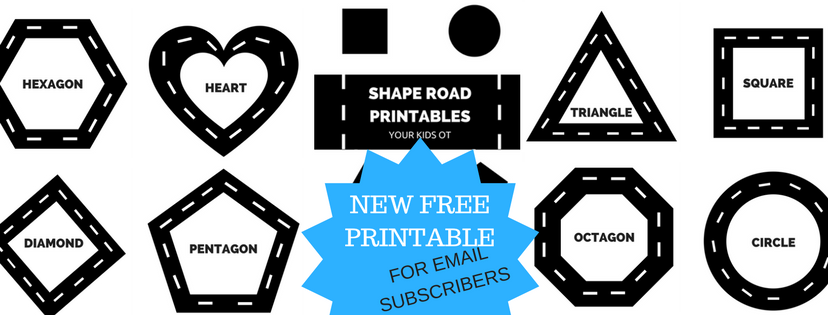|
Some children will gradually tolerate these sensations as they "brave" repeated exposure. Eventually they don't react to these sensations and may seem as if they have always loved these sensations. Other children find it really difficult to interact with these sensations. It is almost as if they are having a pain response to this touch. We call this "tactile defensiveness". Tactile defensiveness refers to the pattern of observable behavioural and emotional responses, which are aversive, negative and out of proportion, to certain types of tactile stimuli that most people would find to be non-painful (Lane & Royeen, 1991). Tactile defensiveness may also be seen with complaints about clothing {the labels, certain textures, length of sleeves}, emotional responses to anticipated touch {avoiding crowded environments, tickles or hugs} and aversion to being helped with some daily activities {such as brushing teeth, nappy changes, nose cleaning}. These are just a few examples. A child who experiences tactile defensiveness may benefit from an overall sensory integration assessment by an Occupational Therapist if this is interfering with their ability to participate in the classroom or to complete daily activities at home. In this post I will look at how you may assist a child who avoids play activities involving tactile materials. This looks at just one sensation they may be avoiding at a time. I will discuss some general strategies to try with tactile defensiveness in a future post. You may like to prepare hands and feet by massaging them with your hands or using a small toy that has a vibration. A tapping or clapping game prior to sensory play with hands will also help prepare your child by helping to be aware of their arms and hands. Example: Sand or rice play with hands The progression begins with asking a child to take toys from the surface of the sand/rice (where they don't need to touch the sand or rice), then half burying the item in the sand/rice, and finally burying into the sand or rice.
Notes:
If your child is more sensitive with one body part (eg. hands) compared with other parts of the body, you may introduce a new sensation to less sensitive body parts (eg. elbows, forearm, etc). You may be able to incorporate pouring and scooping at some point in addressing your child's play. It is preferable if your child does this independently rather than someone else pouring it over them. Have a go at these simple, gradual introductions to these touch sensations. This may be a slow process as children have different levels of tolerance. A child may become tolerant of one texture quicker than with another. Is your child sensitive to touch? Lane, S. & Royeen, C. (1991). Tactile processing and sensory defensiveness. In Fisher, Murray, & Bundy (eds.), Sensory Integration Theory and Practice. Philadelphia: F.A. Davis Company.
Comments are closed.
|
AuthorHi, I'm Cindy and I am an Occupational Therapist. I enjoy working creatively with children to see them reach their potential. Read more about me here. SEARCH THIS SITE
Archives
June 2024
Categories
All
Popular Posts |
Join the YKOT e-newsletter!
Subscribe to get our latest content by email and receive
the SHAPE ROADS PRINTABLE NOW!

Success! Now check your email to confirm your subscription and receive your free printable!
Join our Mailing List!
Subscribe to get our latest content by email and receive
the SHAPE ROADS PRINTABLE NOW as a thankyou!

Success! Now check your email to confirm your subscription and receive your free printable!
Disclaimer: The information on this site is general in nature and should be used for educational and entertainment purposes. The activities are safe for most children, however, you should consult an Occupational Therapist or health professional to address specific movement, sensory or other medical conditions. This blog does not replace formal therapeutic professional advice given by a health professional or medical practitioner. Reviews and endorsements of products will only be made based on my expertise and personal opinion; and deemed worthy of such endorsement. The opinions shared in sponsored content will always be my own and not that of the advertising company or brand. Content, advertising space or posts will be clearly identified if paid, affiliated or sponsored. Affiliate links may be found throughout this website in advertising. This means that if you follow through with a purchase from these links, Your Kids OT will receive a percentage of the sale. Your Kids OT undertakes to meet the requirements of the "Social Media Policy" as published by Australian Health Practitioner Regulation Agency (AHPRA). Further information about this policy can be found here.
Find meFollow me |
About me
AuthorHi, I'm Cindy and I am an Occupational Therapist. I enjoy working creatively with children to see them reach their potential. Read more about me here. |
Copyright © 2017 Your Kid OT

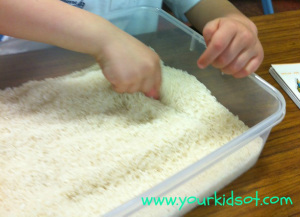



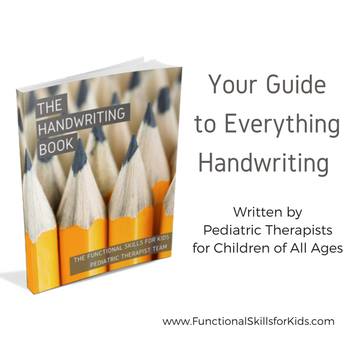

 RSS Feed
RSS Feed
